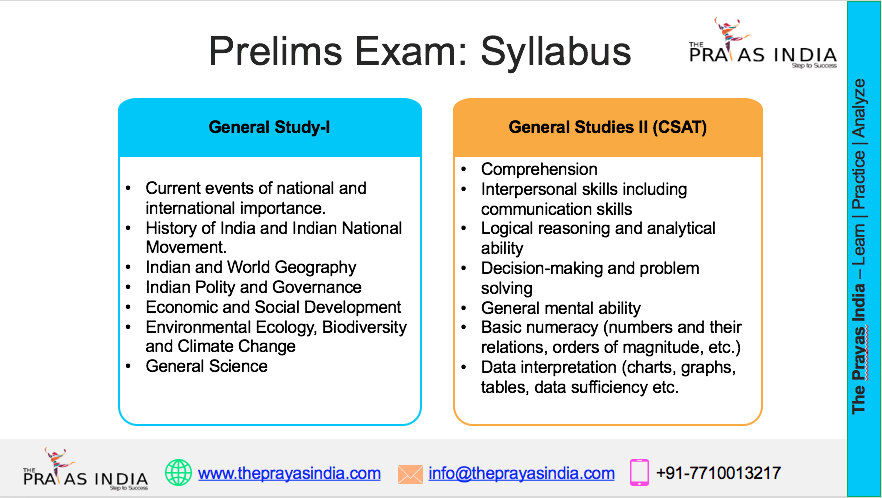Pampa River Conservation: National River Conservation Plan Update
The Central Government has recently initiated the process to bring the Pampa River under the ambit of the National River Conservation Plan (NRCP)—a crucial move aimed at protecting this river from growing pollution and ecological degradation. The Ministry of Jal Shakti has requested the Kerala state government to submit a comprehensive report, which will form the basis for preparing an effective river conservation project. This intervention is both environmentally necessary and culturally significant, given the reverence the Pampa River commands as a lifeline connected with the sacred Sabarimala shrine and several major religious gatherings.
The Importance of Pampa River
Flowing over a length of 176 kilometers, the Pampa River is Kerala’s third-longest river, originating from Pulachimalai Hill in the Western Ghats. It meanders through the districts of Pathanamthitta, Idukki, and Alappuzha, impacting roughly 30 panchayats and the Chengannur municipality. Often called the ‘Dakshina Bhageerathi’ or the Ganga of Kerala, the river holds a special place in the spiritual life of many. Devotees believe that bathing in the Pampa has the same sanctity as bathing in the Ganga. Key religious events like the Sabarimala pilgrimage, and festivals such as the Maramon and Cherukolpuzha conventions, center around this river, underscoring its cultural and spiritual importance.
Environmental Challenges Affecting the River
Despite its sanctity, the Pampa River faces alarming environmental pressures. Pollution is widespread, majorly due to improper waste dumping by local municipal bodies. The riverbanks are increasingly vulnerable, with significant destruction occurring especially during the monsoon season. Coastal erosion further threatens the river’s natural balance. The lack of protective structures like retaining walls leads to frequent bank collapses, exacerbating the vulnerability of both the ecosystem and communities dependent on the river. These challenges not only degrade the environment but also affect the religious and cultural practices linked with the river.
Government Initiatives and the Role of NRCP
Bringing the Pampa River under the National River Conservation Plan promises substantial benefits, including multi-crore funding and specialized technical support. The conservation plan focuses on several priorities:
- Preventing the direct discharge of wastewater and untreated sewage into the river.
- Removing accumulated wastes and debris through active cleanup drives.
- Building modern water purification and sewage treatment plants to ensure cleaner water flow.
- Implementing riverbank protection mechanisms, including the construction of retaining walls to prevent soil erosion and bank collapse.
The Ministry of Jal Shakti will also provide necessary technical assistance to both the state government and local institutions, enabling better on-ground implementation. Earlier plans to establish a dedicated Pampa River Basin Authority were shelved, making the NRCP inclusion now even more crucial for holistic river management.
Collaboration Between State and Local Bodies
A successful conservation effort depends heavily on cooperation among multiple stakeholders. The Kerala government has been asked to formulate and submit a detailed conservation report that outlines problems, potential solutions, and resource requirements. Local self-governments, such as municipalities and panchayats, will receive technical aid to undertake their specific responsibilities effectively. Chengannur municipality—the heart of the downstream stretch—has identified erosion as a serious threat, highlighting the urgency for preventative interventions. Coordinated action between the state, local bodies, and the community is essential to safeguard the river’s ecology and the traditions it supports.
Conclusion
The inclusion of the Pampa River under the National River Conservation Plan is a vital step toward restoring and preserving one of Kerala’s most sacred and ecologically important rivers. It strikes a balance between environmental protection and cultural reverence, ensuring the river continues to thrive for many generations. The Prayas India believes that awareness and informed engagement can amplify government efforts, motivating citizens to participate in conserving this precious lifeline of Kerala.
For students preparing for competitive exams, understanding such initiatives highlights the intersection of environmental governance and cultural heritage, a topic gaining increasing prominence in current affairs and policy discussions.
This article underscores not only the conservation challenges but also the opportunity to protect and cherish a river that is central to Kerala’s identity and spirituality.




![Prayas-तेजस [UPSC CSE Sociology Optional] – Online & Offline](https://theprayasindia.com/wp-content/uploads/2025/09/Prayas-तेजस-UPSC-CSE-Optional-Subject-The-Prayas-India-300x300.png)
![Prayas-सूत्र [UPSC CSE Materials (Hardcopy)]](https://theprayasindia.com/wp-content/uploads/2025/09/Prayas-सूत्र-UPSC-CSE-Study-Materials-Hardcopy-The-Prayas-India-300x300.png)
![Prayas-मंत्रा [UPSC CSE CSAT]](https://theprayasindia.com/wp-content/uploads/2025/09/Prayas-मंत्रा-UPSC-CSE-CSAT-The-Prayas-India-300x300.png)
![Prayas सारथी [UPSC CSE One on One Mentorship]](https://theprayasindia.com/wp-content/uploads/2025/09/Prayas-सारथी-UPSC-CSE-One-on-One-Mentorship-The-Prayas-India-300x300.png)










